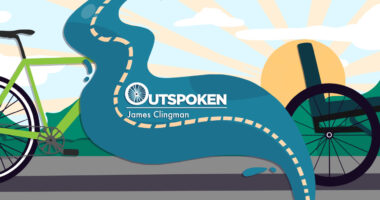ALS Success Story Delivers Man’s ‘Most Special Day’
60-year old man with ALS dances at his daughter's wedding following LHI treatment

The Lifestyle Healing Institute (LHI), which uses a complementary and alternative medicine approach to care, is touting the success of an amyotrophic lateral sclerosis (ALS) patient whose mobility and quality of life are said to have improved following treatment.
The case of Tod, a 60-year-old patient, demonstrates that many chronic disease symptoms can be managed or mitigated through a mix of holistic and data-driven clinical care, according to the institute which seeks to publish a paper with Florida Gulf Coast University about Tod and his disease journey.
Tod, a former soccer coach who lives in the Columbus, Ohio, area, had been having trouble moving the fingers of his left hand when he learned he had ALS, a diagnosis that stunned him. By last May, when he first visited institute in Naples, Florida, his symptoms had worsened and spread to his legs. He had pain and fatigue, trouble tying his shoes, and developed foot drop — difficulty lifting the front of his foot when walking.
During that visit, he met with LHI founder Wyatt Palumbo and came away inspired. “My wife and I walked out of that meeting and we were both crying because there was a hope for a quality of life that we didn’t have before, a better outlook, a better outcome,” he said.
After running extensive tests on Tod’s body chemistry, LHI treated him with a six-week regimen of intravenous and contrast therapy — repeated limb exposure to cold and heat — and oral supplements. LHI also changed his diet and prescribed occupational therapy, acupuncture, and functional and neurological exercises.
Big changes after treatment
“The patient slowed and even reversed some of the clinical findings [and] reported a significant decrease in pain and an increase in his energy levels. He displayed marked improvement in standardized occupational and functional testing in sensory awareness, body awareness, and weight shifting where obvious improvements in gait and function were noted,” provider case notes indicated after six weeks of treatment.
Tod agreed with that clinical evaluation. “My mobility increased because of the [occupational therapy]; I got dexterity and mobility back in my hand. After working with (my therapist), my stability and balance issues were better, Tod said, adding that he credited an “almost immediate” reduction in hand and joint pain to diet changes.
He felt so much better that, on the day of his daughter’s wedding, he was able to dress himself in his tuxedo, tie his shoes and necktie, walk his daughter down the aisle, and dance with her at the reception. He then was able to join his family on a post-wedding trip to Rome, Italy, where they went on an extensive walking tour.
“It was absolutely amazing,” he said. “I felt pretty good for the most part, though the gluten-free diet went out the window. I did 25,000 to 30,000 steps a day. I was feeling good.”
At his 12-month checkup, Tod’s left hand had lost some function. Still, many improvements were retained, especially those pertaining to blood analyses, balance, breathing, and everyday function.
“I think it was the focus on repairing the body, based on the blood work pre-treatment and post-treatment, that caused the massive improvement in my body’s function and also how physiologically I’m able to move,” he said. “I have to accept that I’m not going to ref a soccer match anytime soon, but my wife and I got out on the pickle court the other day and had a great time. These treatments allowed me to dance with my daughter at her wedding, which was probably the most special thing that I experienced in my life.”







